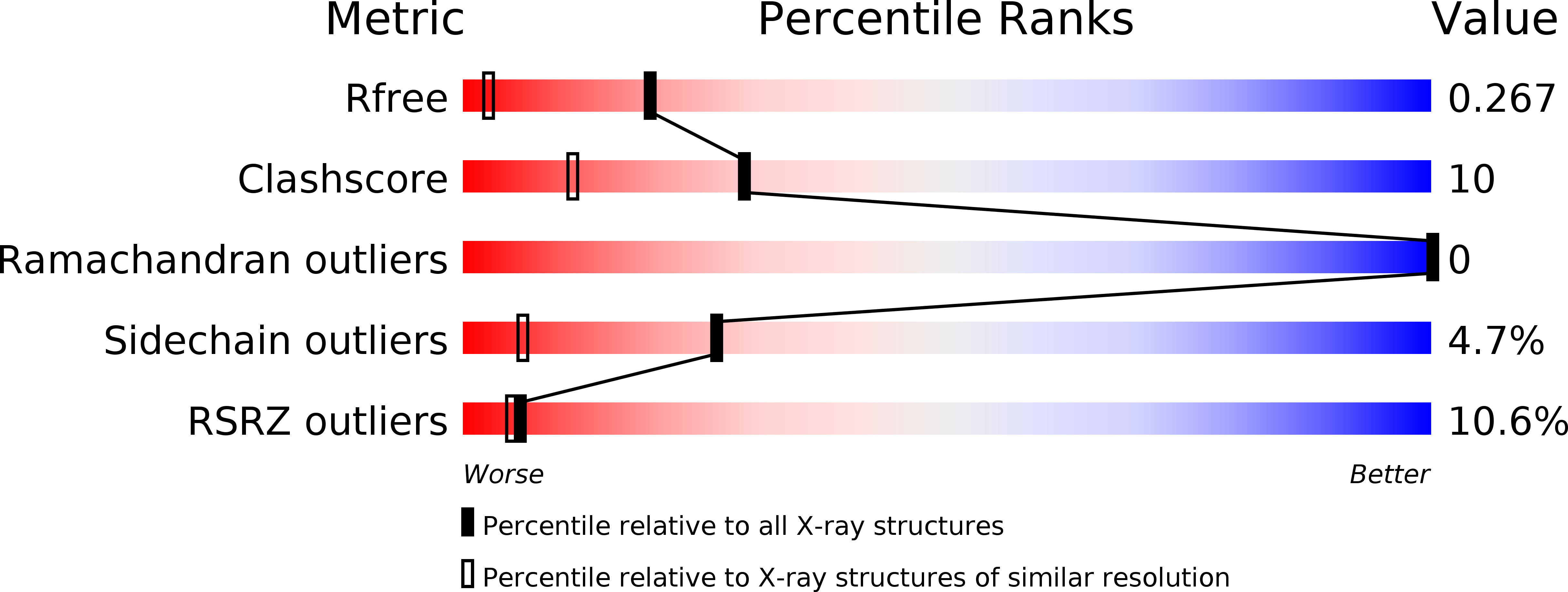
Deposition Date
2009-04-01
Release Date
2009-12-15
Last Version Date
2024-02-21
Entry Detail
PDB ID:
3GWO
Keywords:
Title:
Structure of the C-terminal Domain of a Putative HIV-1 gp41 Fusion Intermediate
Biological Source:
Source Organism:
Host Organism:
Method Details:
Experimental Method:
Resolution:
1.65 Å
R-Value Free:
0.25
R-Value Work:
0.23
R-Value Observed:
0.23
Space Group:
P 31 2 1


